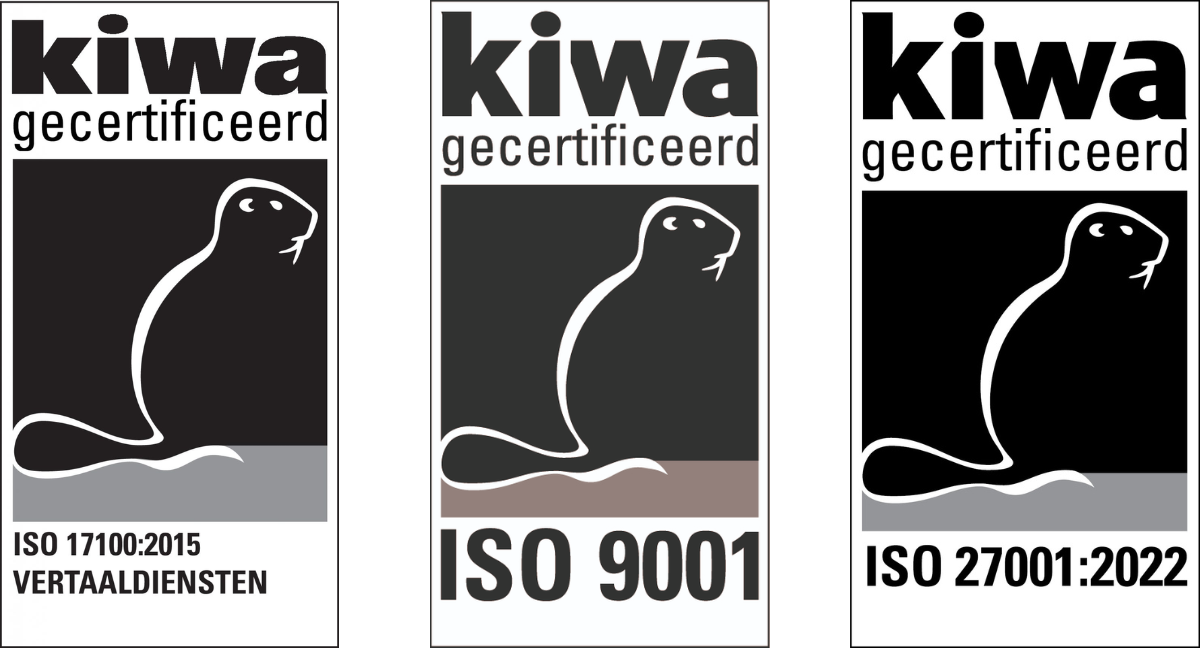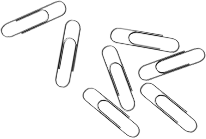Dutch translation agency
- Only experts in the Dutch language
- Get the best Dutch translations….
 Dutch translation agency
Dutch translation agency
Dutch is a Low Franconian language, which falls under the West Germanic languages, which in turn are part of the Germanic languages within the Indo-European language group. Dutch is an official language in the Netherlands, Belgium, Caribbean Netherlands, and Suriname. Dutch is also spoken in the north-western corner of France (French Flanders), small parts of Germany, and among the elderly in Indonesia and South Africa. Another 500,000 Dutch speakers can be found in the United States, Canada, Australia, and New Zealand. If we add all speakers of Dutch together, we end up with about 28 million people who speak Dutch as a first or second language. If we also include derived languages such as Afrikaans, the total amounts to 44 million.
Afrikaans is the only full daughter language of Dutch. Papiamento (Antilles) and Sranantongo (Suriname) are called Dutch Creole languages, languages that originate from a mixture of languages. And then, there is a whole range of extinct Dutch Creole languages with beautiful names like Petjoh and Javindo (Indonesia), Mohawk Dutch (United States), Berbice and Skepi (Guyana), and Negerhollands (Virgin Islands and Puerto Rico).
The above may give the impression that Dutch is on the decline on a global scale. But that is hardly true. Dutch is currently being taught to 10,000 students at 220 universities in about 40 countries. Why? Some want to study the language and culture of their ancestors, others need Dutch for professional reasons. For instance, if you want to study sources in the New York Archives, you absolutely need Dutch.
Let’s perform a thought experiment and pretend that Standard Dutch and High German (Standard German) do not exist. This means it would no longer be possible to draw a language barrier between the Netherlands and Germany. There is a dialect continuum between both countries; all dialects from (roughly) the North Sea coast to the Polish border seamlessly blend into each other. The difference between the North German and Dutch dialects is smaller than that between the North and South German dialects. So technically, Dutch is more like German than German itself.
Translation Agency is in possession of the highest achievable European quality standards for translation agencies: ISO 9001 and ISO 17100. This means strict requirements are imposed on us, and the translators we work with. But we do not leave it at that, we also offer you a lowest price guarantee and our 100% satisfaction guarantee with all translations. Here, you can find out how it is possible for us to be both good and inexpensive. And on this independent website, you can find out what our clients think of us.
Are you curious about what your Dutch translation is going to cost? Feel free to request a free quote using the button below. You will have a customised quote within 30 minutes.
15.000+ clients have already placed their trust in us

Translation Agency complies with the highest attainable certifications: ISO 9001:2015, ISO 17100:2015, and ISO 27001:2022. Top quality, security and service remain our number one priority.


Translation Agency is a member of the VViN and EUATC; Organisations of translation agencies that work together to optimise quality and service.
